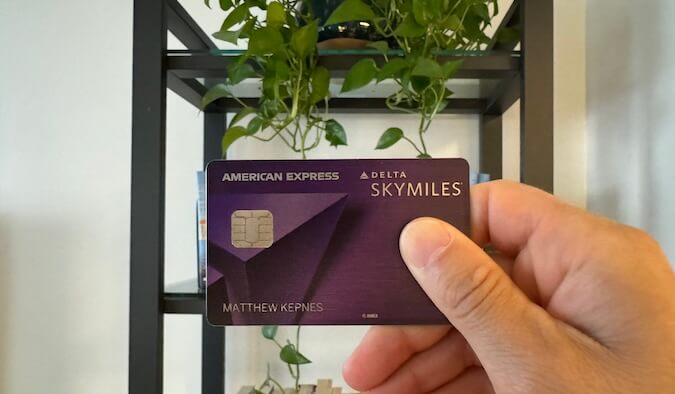Google Translate Challenges Duolingo with AI-Powered Language Learning and Live Translation Tools

On August 26, 2025, Google announced a significant update to its Google Translate app, introducing AI-powered language learning tools and enhanced live translation capabilities. These new features position Google Translate as a direct competitor to popular language learning apps like Duolingo while also improving real-time communication across language barriers.
AI-Powered Language Practice
Google Translate’s new experimental language practice feature is designed to help users learn and practice languages at any skill level, from beginners building conversational skills to advanced learners refining their vocabulary. Available in the Google Translate app for Android and iOS, the feature allows users to select the “practice” option, set their skill level and learning goals, and engage in tailored listening and speaking exercises.
The app generates customized scenarios where users can listen to conversations and tap words to improve comprehension or practice speaking to build fluency. Progress is tracked daily, offering a structured approach to language learning. Initially, the beta feature supports English speakers practicing Spanish and French, as well as Spanish, French, and Portuguese speakers practicing English.
This move pits Google Translate against Duolingo, which has long dominated the language learning space with its gamified approach supporting over 40 languages. By leveraging AI to create adaptive, personalized practice sessions, Google aims to offer a compelling alternative for language learners.
Enhanced Live Translation
In addition to language learning, Google Translate is rolling out advanced live translation capabilities to facilitate real-time conversations in over 70 languages, including Arabic, French, Hindi, Korean, Spanish, and Tamil. Users can access the “Live translate” option in the app, select the desired language, and engage in back-and-forth conversations with audio and on-screen translations.
The feature provides real-time transcripts in both languages and uses Google’s voice and speech recognition models to detect pauses, accents, and intonations, ensuring natural-sounding exchanges. It is designed to work effectively even in noisy environments, such as busy restaurants or airports, by isolating relevant sounds.
The live translation feature is available starting August 26, 2025, for users in the U.S., India, and Mexico, with potential expansion to other regions in the future.
Powered by Advanced AI
Google attributes these updates to advancements in AI and machine learning, particularly its Gemini models, which have improved translation quality, multimodal translation, and text-to-speech capabilities. The company notes that Google Translate, along with Search, Lens, and Circle to Search, processes around 1 trillion words annually, underscoring its scale and importance in breaking down language barriers.
By integrating AI-driven language practice and live translation, Google Translate is evolving into a versatile tool for both learning and communication. These updates reflect Google’s broader mission to enhance language processing and make cross-lingual interactions more seamless and accessible.
What's Your Reaction?
 Like
0
Like
0
 Dislike
0
Dislike
0
 Love
0
Love
0
 Funny
0
Funny
0
 Angry
0
Angry
0
 Sad
0
Sad
0
 Wow
0
Wow
0

































.jpg)







